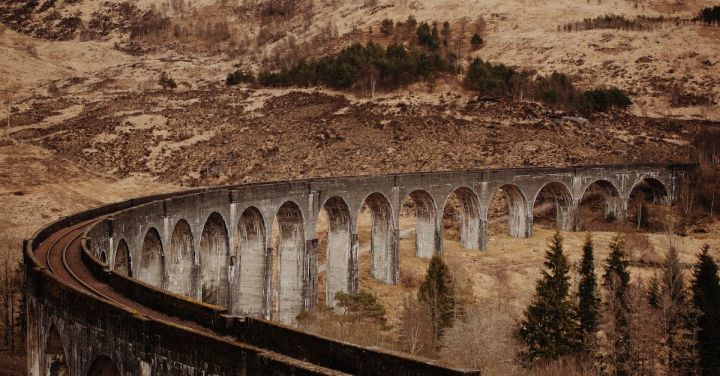Railway tracks have revolutionized transportation and connectivity across the world. From humble beginnings to modern marvels, the evolution of railway tracks has been a remarkable journey. Let’s take a look at the timeline of this pioneering invention.
1. 1804 – The Birth of Steam Locomotion:
In 1804, Richard Trevithick built the first steam locomotive, ushering in a new era of transportation. With the locomotive’s success, the need for dedicated tracks became apparent. The first railway track was laid down in Merthyr Tydfil, Wales, marking the beginning of the railway revolution.
2. 1825 – The Stockton and Darlington Railway:
The Stockton and Darlington Railway, opened in 1825, is considered the world’s first public railway to use steam locomotives. The track spanned 25 miles and was primarily used for the transportation of coal. This pioneering railway set the stage for further advancements in track construction.
3. 1830 – The Liverpool and Manchester Railway:
The Liverpool and Manchester Railway, opened in 1830, was the first railway to rely solely on steam power, eliminating the need for horse-drawn carriages. This track introduced several innovative features, including the use of bridges, tunnels, and embankments, to overcome geographical obstacles.
4. 1835 – The Introduction of Interlocking Tracks:
In 1835, John Ruggles, an American engineer, designed and patented the concept of interlocking tracks. This revolutionary idea allowed multiple trains to use the same tracks simultaneously, increasing efficiency and safety in railway operations.
5. 1863 – The London Underground:
The London Underground, opened in 1863, was the world’s first underground railway system. The construction of this track involved digging tunnels and laying tracks beneath the bustling streets of London. The success of the London Underground paved the way for the development of subway systems in other major cities worldwide.
6. 1883 – Standardization of Railway Tracks:
The standardization of railway tracks became necessary as the railway network expanded rapidly. In 1883, the United States adopted the standard gauge of 4 feet 8.5 inches for railway tracks, leading to uniformity in track construction and facilitating seamless transportation across different regions.
7. 1891 – The Invention of Concrete Ties:
The invention of concrete ties by Edmund Ezell in 1891 revolutionized track construction. Concrete ties offered durability, stability, and reduced maintenance costs compared to traditional wooden ties. This innovation substantially improved the lifespan and efficiency of railway tracks.
8. 1900s – Electrification of Railway Tracks:
In the early 1900s, the electrification of railway tracks gained momentum. Electric trains offered numerous advantages, including faster acceleration, smoother rides, and reduced air pollution. Electrified tracks became a common sight in urban areas, modernizing rail transport.
9. 1964 – The Shinkansen:
The Shinkansen, also known as the “Bullet Train,” made its debut in Japan in 1964. This high-speed railway system revolutionized long-distance travel with its remarkable speed and efficiency. The Shinkansen set new standards for railway tracks, necessitating advanced technology and meticulous construction techniques.
10. 2004 – Maglev Technology:
Maglev, short for magnetic levitation, is a cutting-edge technology that uses magnetic fields to propel trains without any physical contact with the track. The Shanghai Maglev Train, operational since 2004, holds the record for the fastest commercial train service, reaching speeds of up to 268 mph. Maglev technology represents the future of railway tracks, offering unparalleled speed and sustainability.
The timeline of pioneering railway tracks highlights the incredible progress made in the field of transportation. From steam locomotives to maglev trains, railway tracks continue to shape our world, connecting people and facilitating economic growth. As technology advances, we can only imagine what the future holds for this remarkable invention.
